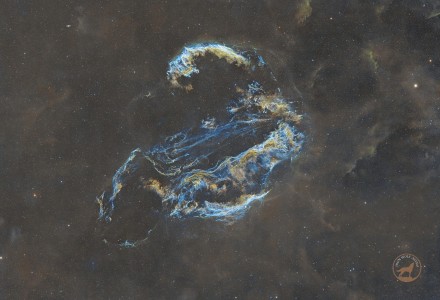Relativity and Quantum Mechanics in the Universe -- At What Point Does Space-Time Become Discrete?

Our senses experience space-time in a continuous way, without gaps or discontinuities, just as described by classical physics. In quantum physics however, the texture of space-time is granular at tiny scales (below the so-called Planck scale of 10^-33 cm), as if it were a variable mesh of discrete solids and voids. What happens at the classical physics to quantum physics boundary of space-time? Is there an abrupt change or is there a gradual transition? A recent theoretical study led by the International School for Advanced Studies (SISSA) in Trieste, Italy, has developed a model to help find this transition boundary. What makes this model most unique, and no doubt highly precious, is that it is formulated in such a way as to make experimental testing possible. The team is already collaborating on developing an experiment, which will take place at the European Laboratory for Non-linear Spectroscopy (LENS) in Florence, Italy.


